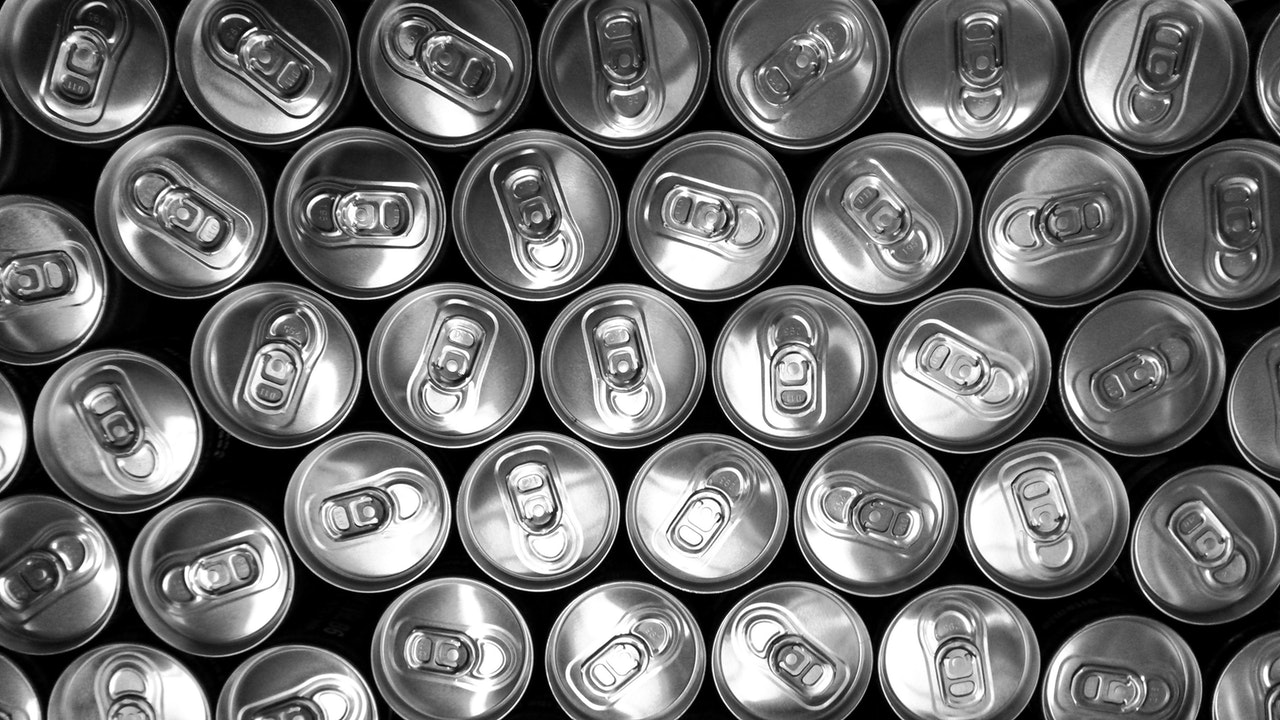
Aluminum may be common, but that doesn’t mean it’s easy to get — the metal requires extensive processing before it can be used for industrial purposes.
Aluminum is the world’s most plentiful metal: used in everything from wind turbines to soda cans, its wide variety of practical applications make it a popular material for all kinds of industries, going into everything from skyscrapers to sandwich wrapping. As common as aluminum is, however, extracting it is far from a simple process. Read on as we guide you through this metal’s journey from the mine to the supermarket.
Mining
Like most mining operations, the aluminum mining process begins with prospecting. Geologists start by taking samples from the earth and testing them for bauxite, the ore in which aluminum is usually found. Since bauxite typically settles in layers of earth that stretch for several miles, even small traces of it could indicate that a major deposit lies deep underneath.
After locating a bauxite deposit, miners construct an open-pit mine, bulldozing the deposit’s outermost layer to expose the raw materials within. With the raw materials revealed, miners begin to loosen the surrounding soil with explosives or other tools. The bauxite is then removed from the ground and loaded onto trucks or railroad cars for transportation to processing plants.
Processing
Since bauxite is composed of both hydrated aluminum oxide and hydrated iron oxide, the first step in processing aluminum is removing the iron. Scientists achieve this by mixing the bauxite with sodium hydroxide, then applying pressure and heat to it. This process soon causes the aluminum oxide to dissolve into sodium aluminate while simultaneously filtering out the iron oxide. The remaining sodium aluminate is then mixed with aluminum oxide, causing crystals to form. Finally, those crystals are washed and heated to form pure aluminum oxide, or alumina.
Smelting
Alumina is not the finished product, however — it must undergo electrolysis before becoming aluminum. This process, which separates negative ions from positive ions, also breaks up the alumina into two components: aluminum metal and carbon dioxide gas.
Electrolysis begins when the alumina is heated to over 1,000 degrees Fahrenheit, causing it to dissolve into molten cryolite. After applying electrodes to the molten cryolite, the aluminum and carbon dioxide in it begin to separate. Molten aluminum then settles to the bottom of a large smelting pot of liquid metal that is later drained.
Mixing and Molding
Having been mined, processed, and smelted, the newly pure aluminum can be put to industrial use. It’s frequently melted together with other metals to produce strong alloys, all of which are mixed precisely to maximize certain characteristics. For example, certain alloys are made for their lightweight properties, while others are manufactured for a high degree of weldability.
Of course, not all aluminum is used in alloys — some pure aluminum is directly cast into molds, while other batches are crushed and rolled repeatedly to produce aluminum foil. Soda cans are made after rolling and punching it into a circle, which is then rolled into a cup and fitted with ends for filling and topping.
The Midwest Solution
Since manufacturers first began processing it in the late nineteenth century, aluminum has been used in everything from space shuttles to microwaves. It’s important to remember, however, that it wouldn’t be such an important building material without the miners who harvest it. Without safe and efficient mines, even abundant resources like aluminum would be stuck below ground.
With over 40 years of experience in the metal mining industry, Midwest Industrial Supply, Inc. can offer your company the reliable, efficient, and environmentally friendly dust control solutions. Mines can use Midwest products like EK35® to keep fugitive emissions down, keeping access and haul roads safe while avoiding costly fines from regulatory agencies. Call Midwest today and consider it done.

